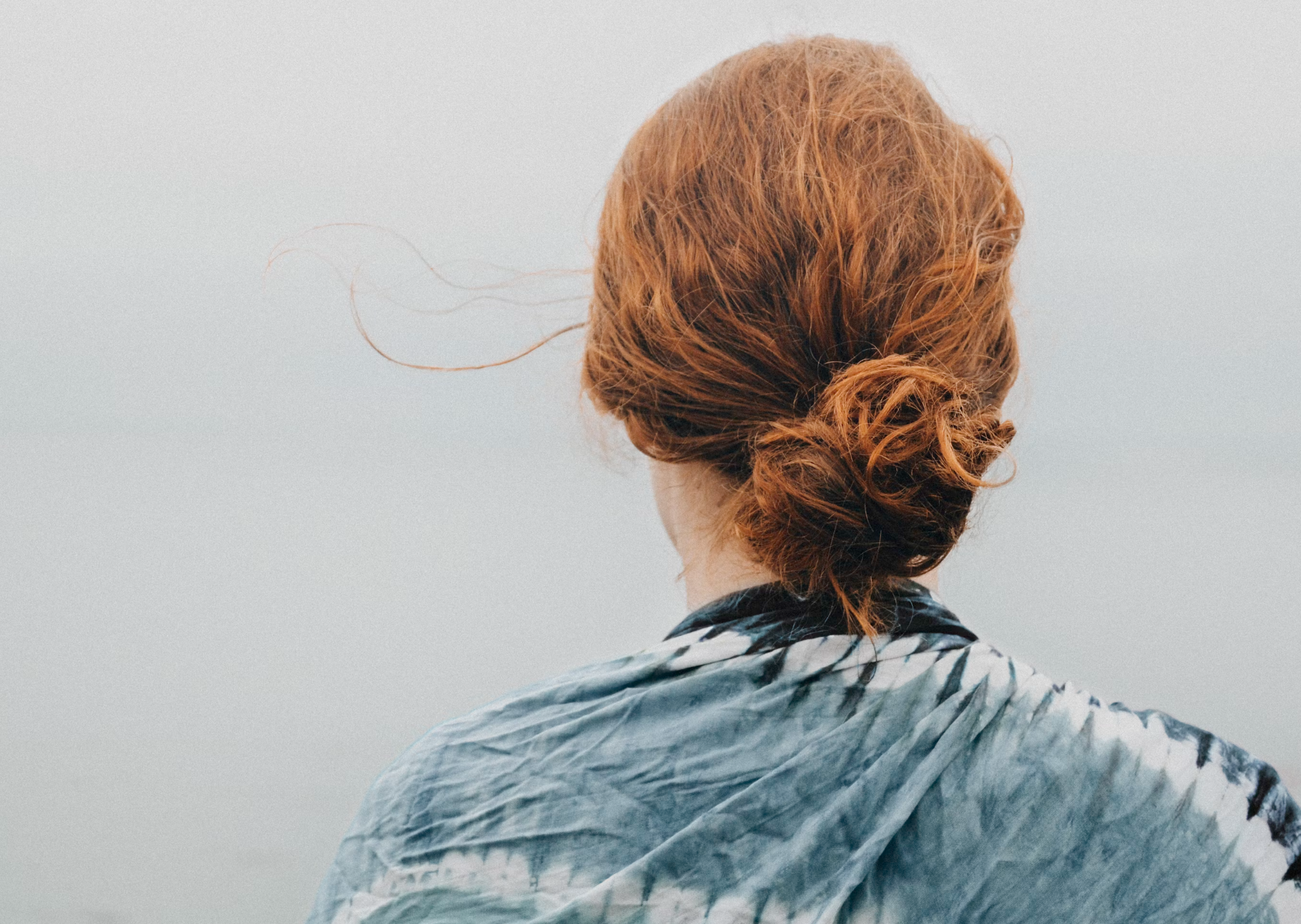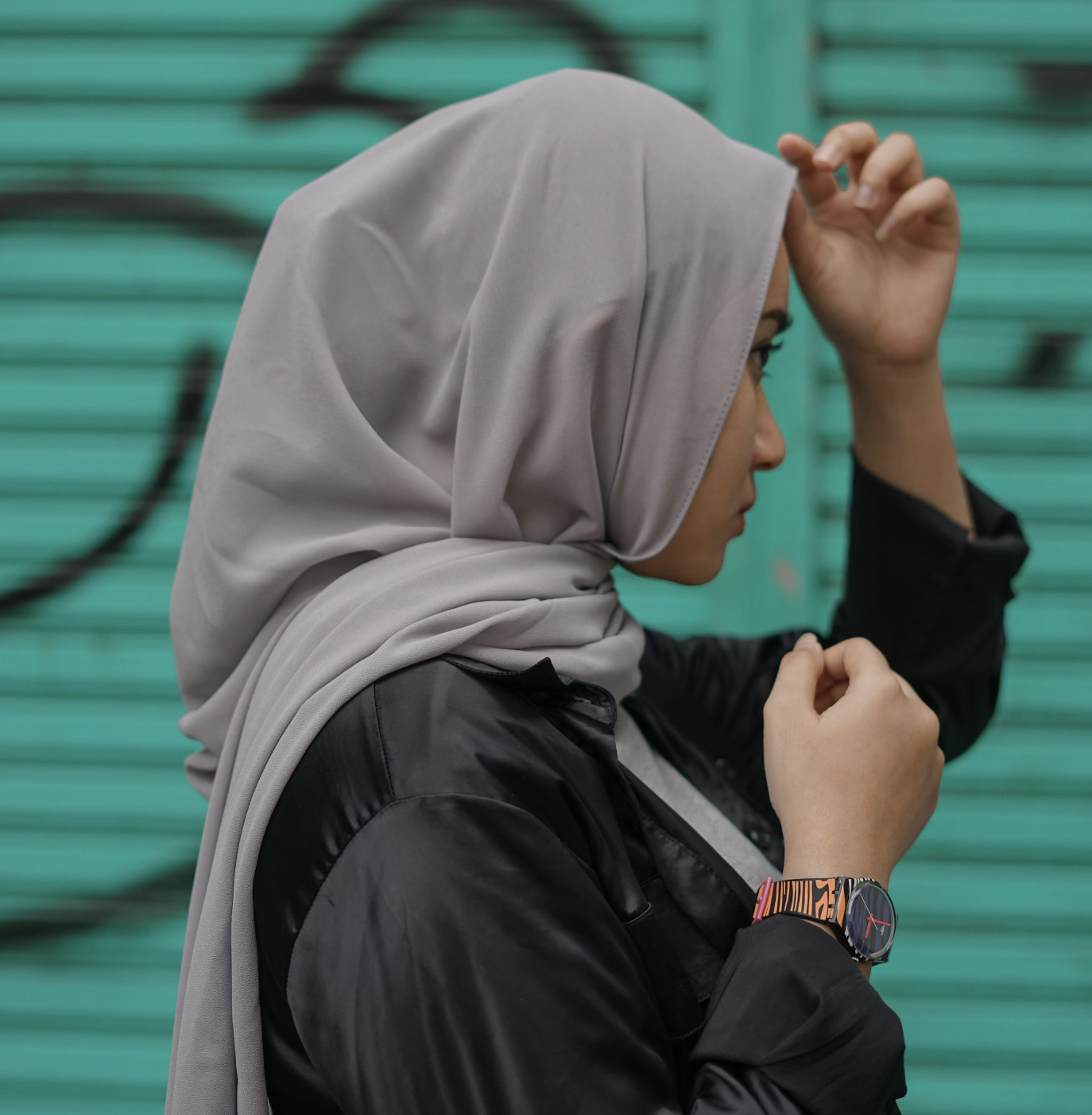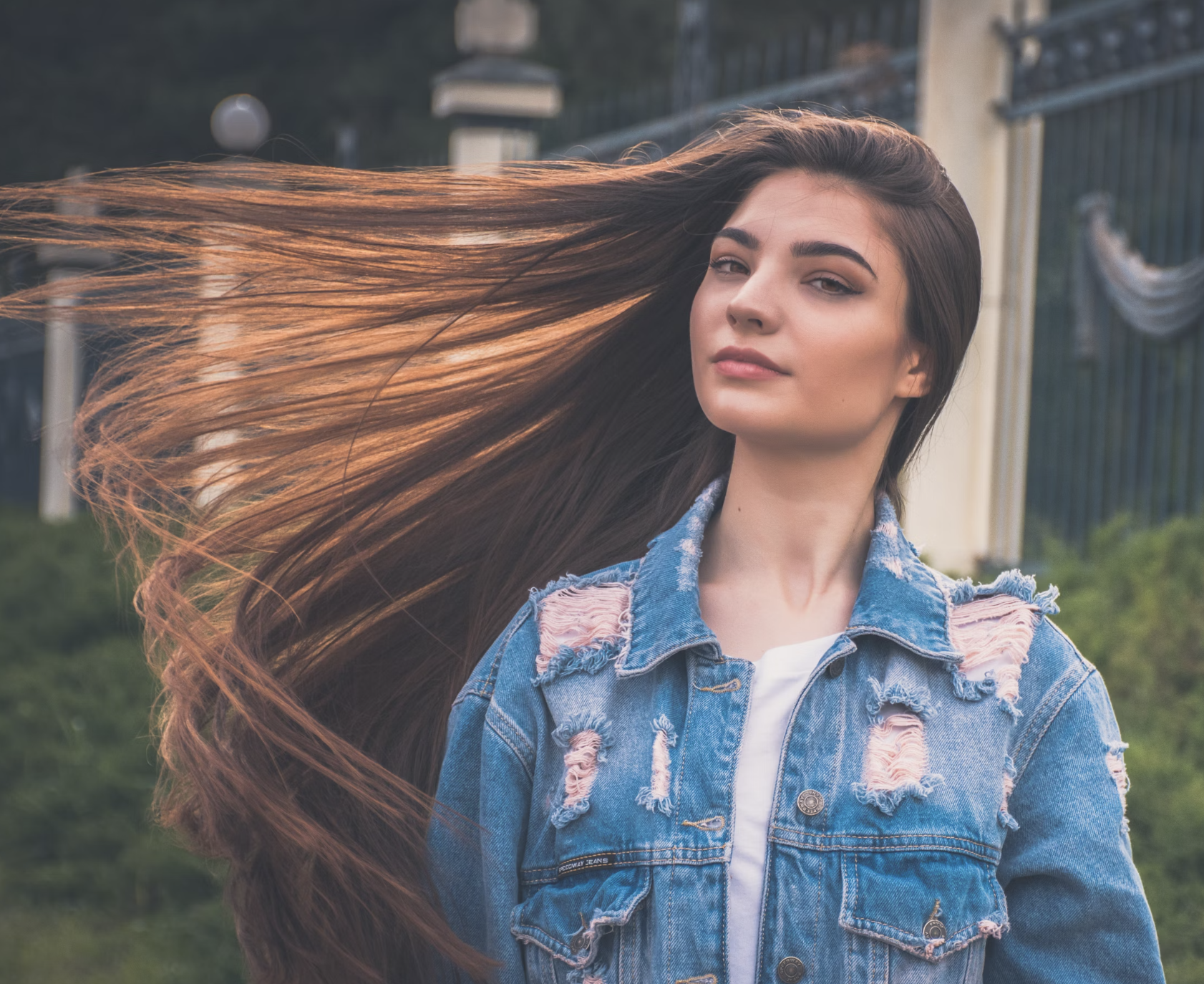
The Muslim headscarf and caring for “hijab hair”

The Muslim head scarf can damage hair, and lead to hair thinning and hair loss. Here’s a guide to keeping hair healthy.
In Islamic culture, the hijab stands as a symbol of modesty, identity, and faith for Arab and Muslim women. We firmly believe wearing a hijab or a Muslim head scarf should be an act of faith and a woman should always decide. Some women believe the hijab is empowering. But how to avoid hijab hair?
When your hair is tied up it doesn’t get air or the sun. Here’s a guide on how Muslim women can treat their hijab hair with care and reverence. Jewish women who cover their hair or who wear wigs can also use these tips. Some Jewish women call their head scarves a snood.
Understanding Hijab Hair and the woman Muslim head scarf

A Muslim head scarf or Muslim head wrap can look chic
Hijab hair refers to the hair of Muslim women who cover it with a headscarf as an expression of their faith. The hair may face challenges such as dryness, breakage, and lack of volume due to prolonged covering. Understanding these challenges is the first step towards effective care.
Read More: Queer Muslims in Boston choose to wear a Muslim head scarf
Consider the material that your head covering is made from. Silk, cotton, wool blends and linen will breath naturally. A Jersey hijab is made from cotton. Consider using an eco fabric, harvested sustainably.
The foundation of healthy hair lies in a balanced diet. Incorporating nutrient-rich foods like fruits, vegetables, lean proteins, and healthy fats can promote hair strength and growth. Additionally, staying hydrated ensures that hair follicles receive adequate moisture, combating dryness caused by the hijab. Some people take biotin to increase hair growth, and at a certain age your dermatologist might suggest some vitamins for your hair. Speak with your girlfriends. They will have tips too.

This Muslim head scarf is made from silk. It helps keep hair breathing.
Gentle Cleansing and Hydration
Frequent washing may strip hijab hair of its natural oils, leading to dryness and breakage. Opt for gentle, sulfate-free shampoos and conditioners to cleanse and hydrate without harsh chemicals. Focus on the scalp to remove buildup and promote circulation, but be mindful not to overwash, aiming for 2-3 times a week, not more.
Sealing moisture into hijab hair is essential for preventing dryness and brittleness. After washing, apply a leave-in conditioner or natural oils such as argan oil or coconut oil to the lengths and ends of the hair. This creates a protective barrier, keeping moisture locked in throughout the day.
Read more: Why Muslims don’t drink alcohol
Protective Styling with your Muslim head wrap
When wearing the hijab, opt for loose and breathable fabrics to minimize friction and allow airflow to the scalp. Remember natural fabrics dyed with natural dyes. Avoid tight hairstyles that can strain the hair follicles and lead to breakage. Instead, choose gentle styles like braids or loose buns to keep hair secure without pulling or tugging.
Nighttime Care

Your hair out there
Before bedtime, loosely braid hijab hair to prevent tangling and breakage while sleeping. Silk or satin pillowcases can also reduce friction and help retain moisture, preventing dryness and frizz. We prefer cotton but it’s your choice. Additionally, consider using a silk or satin hair bonnet to protect hair from friction caused by movement during sleep.
Hair slugging is a trend some people swear by. The basic idea is to apply a thick layer of oil or petroleum jelly to your hair before bed, and then wrap it up to keep the moisture in. As mentioned, this can help to hydrate your hair, reduce frizz, and make it look shinier. We don’t believe petroleum is a good idea for the job. Try a natural oil instead.
The popular but expensive Ouai hair oil is said to work well. With the ingredients list you can make your own:
Rice Bran Oil – emollient plant oil with nourishing and moisturizing fatty acids (oleic acid: 40%, linoleic acid: 30%, linolenic acid:1-2%), antioxidant vitamin E, emollient sterols and potent antioxidant gamma-oryzanol.
Asian women use rosemary oil on the scalp and say it prevents thinning. Dilute one you might find with almond or another weak edible oil and do a test patch first to see how your scalp reacts.
Regular trims are essential for maintaining healthy hijab hair. Trimming every 8 to 12 weeks helps prevent split ends and breakage, keeping hair strong and voluminous. Even if the ends are not visible due to the hijab, regular maintenance ensures overall hair health.
Read More: Head coverings and the problem with modesty police in Iran
Mindful Hair Accessories
Be mindful of the hair accessories used under the hijab. Avoid using tight clips or hair ties that can cause tension and breakage. Instead, opt for soft, fabric-covered hair ties or scrunchies to secure hair without causing damage.
Every woman’s hair is unique, and what works for one may not work for another. Experiment with different products and techniques to find what best suits your hair type and needs. By adopting a holistic approach to hair care, Muslim women can ensure that their hair remains healthy, strong, and beautiful, reflecting the beauty of their inner selves.
Comments
creditSource link



